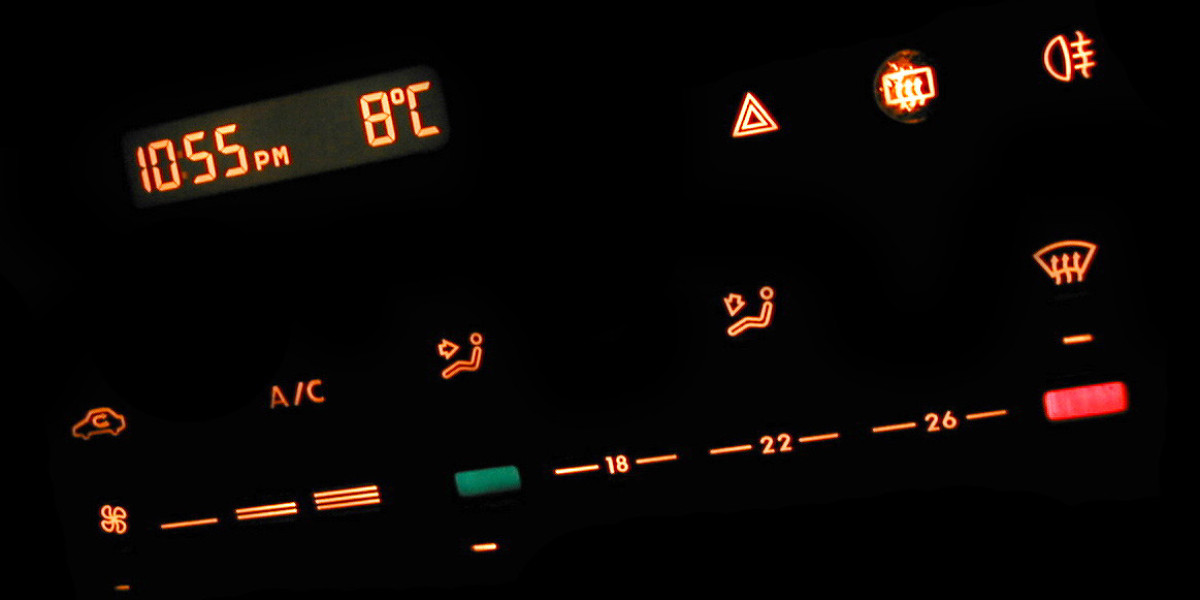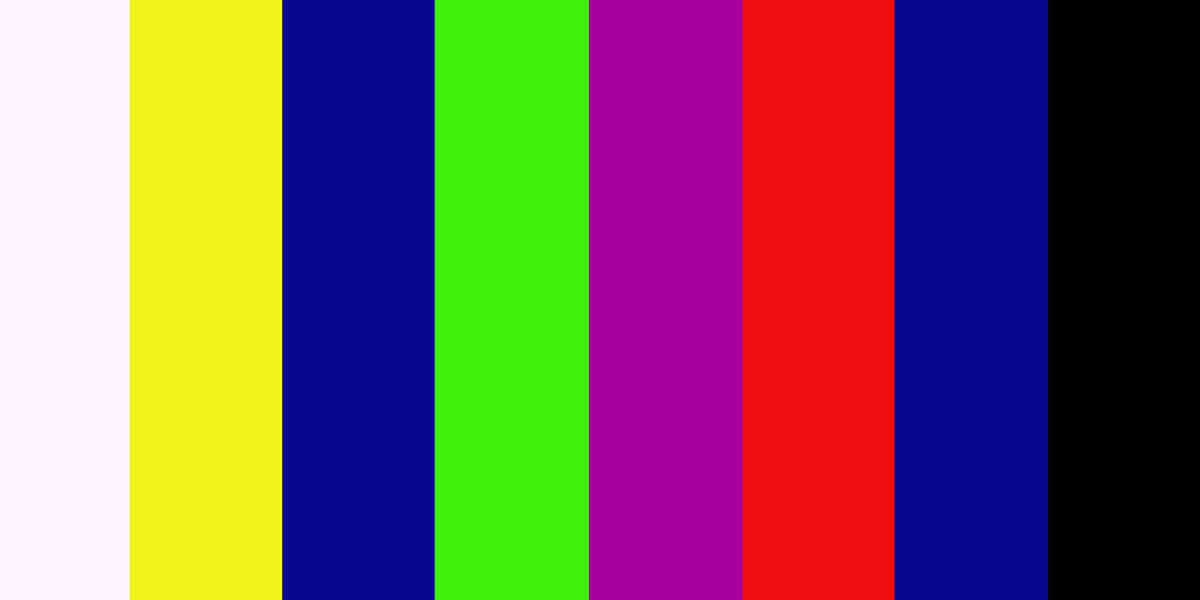Dbol Tren Test Cycle
## Don’t Let Anyone Tell You What You Can or Cannot Do – A One‑Page Manifesto
*If you’re reading this, you already know that rules are meant to be challenged.*
Below is a quick‑fire guide on how I turn "impossible" into "I’ve done it."
Grab a coffee (or your favorite beverage), read each section, and then go out there and make something happen.
---
### 1. The "Impossible" Myth
> **"It can’t be done because no one has ever done it before."**
> That’s the only thing that will keep you stuck.
In practice, the *impossibility* tag often shows up in two places:
- In your own mind (self‑limiting belief).
- In the official documentation or "guidelines" for a particular platform/tool.
When you see it, pause and ask yourself:
| Question | Why is this an issue? |
|----------|----------------------|
| What does *impossible* actually mean to me here? | It might be a misunderstanding of the API or the tool’s limitations. |
| Are there workarounds or alternative approaches? | Maybe you can use a different endpoint, SDK, or even a different language. |
**Bottom line:**
- Don’t let an "impossible" statement stop you.
- Check the docs, search on Stack Overflow or GitHub issues for similar questions.
- If no solution is found, ask a new question with as much context and code as possible.
---
## 3. A Quick Example
Suppose you’re using the Google Maps JavaScript API and get an error like:
```
Error: The requested map type does not exist.
```
You might think it’s impossible to add that map type. Instead, do this:
```html
```
**What if the error persists?**
- **Check console logs:** Make sure there are no other errors that could be interfering.
- **Update dependencies:** Ensure all libraries (e.g., jQuery, Google Maps API) are up-to-date.
- **Verify API keys:** If using an API, confirm that your key is correctly configured.
---
### 2️⃣ Handling a 404 Page Not Found Error
If you see "404 Page Not Found" instead of the intended content:
#### ✅ Common Causes & Fixes
| Issue | Explanation | Quick Fix |
|-------|-------------|-----------|
| **Wrong URL** | The requested page does not exist on the server. | Double‑check spelling or path. |
| **Broken Links** | External site links to a removed resource. | Update the link or redirect it. |
| **Missing Route** | In frameworks like Flask/Django, you forgot to map a view. | Add the route definition. |
| **File Not Uploaded** | Static file not present on the server. | Upload the missing file. |
#### ?️ Example: Adding a Missing Route in Flask
```python
from flask import Flask, render_template
app = Flask(__name__)
# Correct route for 'about' page
@app.route('/about')
def about():
return render_template('about.html')
if __name__ == '__main__':
app.run(debug=True)
```
#### ? Quick Fix Checklist
| ✅ | Task |
|---|------|
| 1. | Verify the URL you are trying to access. |
| 2. | Check server logs for `404` errors and confirm path. |
| 3. | Ensure file or endpoint exists on the filesystem or codebase. |
| 4. | Restart the web server (Nginx, Apache, etc.) if configuration changed. |
| 5. | Clear any caching layers (CDN, Varnish). |
---
### TL;DR
- **`404 Not Found`** means *the requested resource does not exist*.
- The error can arise from missing files, wrong URLs, misconfigured servers, or deleted resources.
- Diagnose by checking server logs, verifying file paths, reviewing configuration, and ensuring your routing logic matches the request.
> "If it doesn't find what you asked for, you get a 404." — *HTTP/1.1 spec*
> "A missing resource is like a lost sock in the laundry of the web." — *Web dev humor*
Feel free to drop any questions or share your own debugging stories!
Sure thing! Let's dive into a thorough breakdown of the **404 Not Found** error, which often trips up developers when something goes wrong with a request. We'll cover:
- **What **the**……... ?**:
- *A brief introduction that’s a bit *like* …? The rest—??….. ?……
Got it! Let's break down the **404 Not Found** error in a clear and engaging way.
---
## ? Understanding the 404 Not Found Error
### ? What is a 404 Error?
A **404 Not Found** error means that your browser requested a specific URL (like `https://example.com/page`), but the server couldn't find anything at that location. Think of it like walking into a shop and asking for a product, only to find the shelf empty.
---
### ?️ Why Does It Happen?
Here are some common reasons:
1. **Broken or Wrong URL**:
- Typing errors or outdated links can lead you to a non-existent page.
2. **Deleted Content**:
- If an article or image has been removed, the link becomes invalid.
3. **Server Configuration Issues**:
- Misconfigured web server settings can misdirect URLs.
4. **Renamed Files**:
- Changing file names without updating links causes 404 errors.
---
### ? How to Fix It
#### For Website Owners:
1. **Update Links**:
- Ensure all internal and external links point to the correct pages.
2. **Set Up Redirects**:
- Use 301 redirects for moved or renamed content.
3. **Check Server Settings**:
- Validate your web server’s configuration files (e.g., `.htaccess`).
4. **Use Webmaster Tools**:
- Google Search Console and Bing Webmaster Tools can help identify broken links.
#### For gitea.quiztimes.nl Visitors:
1. **Check the URL**:
- Verify spelling and case-sensitivity.
2. **Search for the Page**:
- Use a search engine to locate the correct page.
3. **Contact Site Owner**:
- If you think the link should work, reach out to the site’s support.
---
## 7. Recap
| Step | What Happens |
|------|--------------|
| 1. | Browser sends request (`GET /index.html HTTP/1.1`). |
| 2. | Server looks for `index.html` → finds it. |
| 3. | Server responds with **200 OK** and the file contents. |
| 4. | Browser renders the page. |
If at any point the server can’t find the file, it returns **404 Not Found** instead of 200.
---
## 8. Quick Reference Cheat Sheet
```
HTTP Request:
GET /resource HTTP/1.1
Host: example.com
HTTP Response (Success):
HTTP/1.1 200 OK
Content-Type: text/html; charset=UTF-8
Content-Length: 1234
Response Body
HTTP Response (Not Found):
HTTP/1.1 404 Not Found
Content-Type: text/plain
Content-Length: 20
File not found.
```
---
### Final Thought
Every time you hit "Enter" on a web browser, a tiny packet of data travels across the internet, asking for something. The server replies—if it can—with the information you requested or tells you that the item is missing. That's why the web feels instantaneous and yet has such simple rules at its core: *request* → *response*. ?
Feel free to experiment with different URLs, look into `curl` or `wget`, or even try writing a tiny HTTP server in your favorite language—there are endless ways to get deeper into how this all works!







